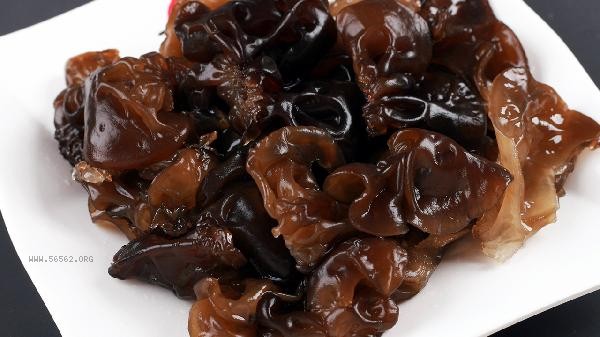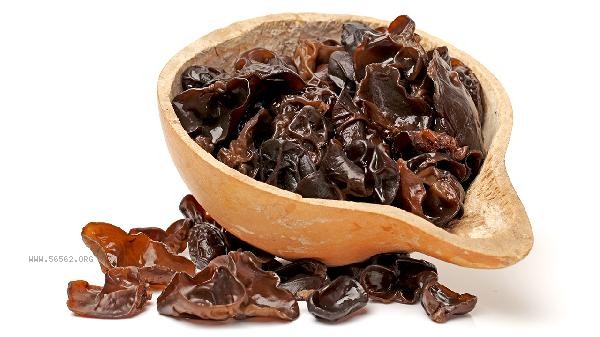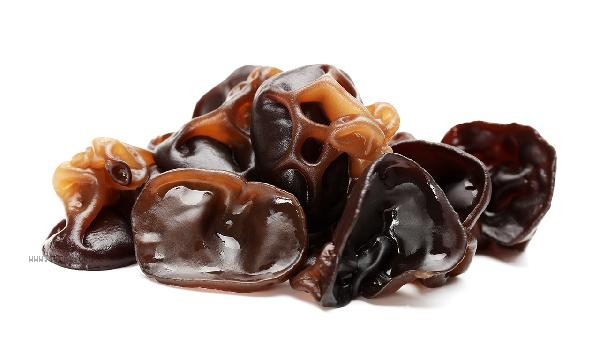The key to cleaning black fungus lies in thoroughly soaking and removing impurities. Methods such as soaking in warm water, rinsing with running water, and manual rubbing can be used for thorough cleaning.

1. Soak in warm water
Dry fungus should be soaked in water at 30-40 ℃ for more than 2 hours. Excessive water temperature can damage the gum. During the foaming process, it can be covered to maintain temperature, and when the volume expands to three times its original size, it indicates sufficient water absorption. It is recommended to choose glass or ceramic materials for foaming containers to avoid plastic containers adsorbing odors. In winter, the soaking time can be extended to 4 hours, and in summer, attention should be paid to the possibility of deterioration caused by high room temperature.
2. Rinse with flowing water
After soaking, the fungus needs to be rinsed under flowing water for 3-5 minutes. The water pressure helps to wash away the sediment in the folds. Gently rub the edge of the cap with your fingers during rinsing, focusing on the area where wood chips adhere to the roots. It is recommended to use filtered water or cold boiled water for final rinsing to avoid microbial contamination in the raw water. After rinsing, the fungus can be placed in a sieve to drain water and observe if there is still sediment residue at the bottom.
3. Hand Rubbing
For some stubborn impurities, salt can be used to assist in kneading. Take a small amount of salt and sprinkle it on the moist surface of the fungus, gently knead with both hands for 30 seconds, and then rinse. Thicker fungus can be torn into small pieces for post-processing, paying special attention to the cleanliness of the gill area. The kneading force should be gentle, excessive force can cause the fungus to shatter. When dealing with wild fungus, it is necessary to increase the frequency of kneading, as artificially cultivated varieties are relatively easy to clean.

4. Starch adsorption
In the final rinsing stage, 1 tablespoon of starch can be added and stirred evenly. Let it stand for 2 minutes before rinsing. Starch granules can adsorb residual small impurities, especially suitable for treating autumn fungus with a sticky and slippery surface. This method has a good effect on removing insect eggs, but it is necessary to ensure that the starch is completely washed clean. The concentration of starch water should not be too high. 500ml of water corresponds to 5g of starch.
5. Blanching for sterilization
After cleaning, it is recommended to blanch the fungus in boiling water for 1 minute to kill surface bacteria and improve taste. Adding a little white vinegar when blanching can maintain a crisp texture, and the amount of water should not exceed that of the fungus. Wild fungus needs to be blanched for 2 minutes, and immediately cooled with supercooled water after blanching. Be careful not to soak for a long time after blanching, otherwise it will reabsorb moisture and affect the flavor.

For daily consumption of black fungus, it is recommended to control the amount of each soaking. Unused black fungus can be drained of water and refrigerated for 2 days. Abnormal acidity, mucus, or obvious insect infestation found during the cleaning process should be discarded. Auricularia auricula is rich in dietary fiber and gum, and is suitable for cold mixing with vegetables such as cucumbers and carrots. Avoid eating it with ingredients such as snails and wild chickens. Middle aged and elderly people, as well as those with weak digestive function, should cut the fungus into small pieces and cook it. It is recommended to consume it 3-4 times a week, as excessive consumption may cause gastrointestinal discomfort.








Comments (0)
Leave a Comment
No comments yet
Be the first to share your thoughts!